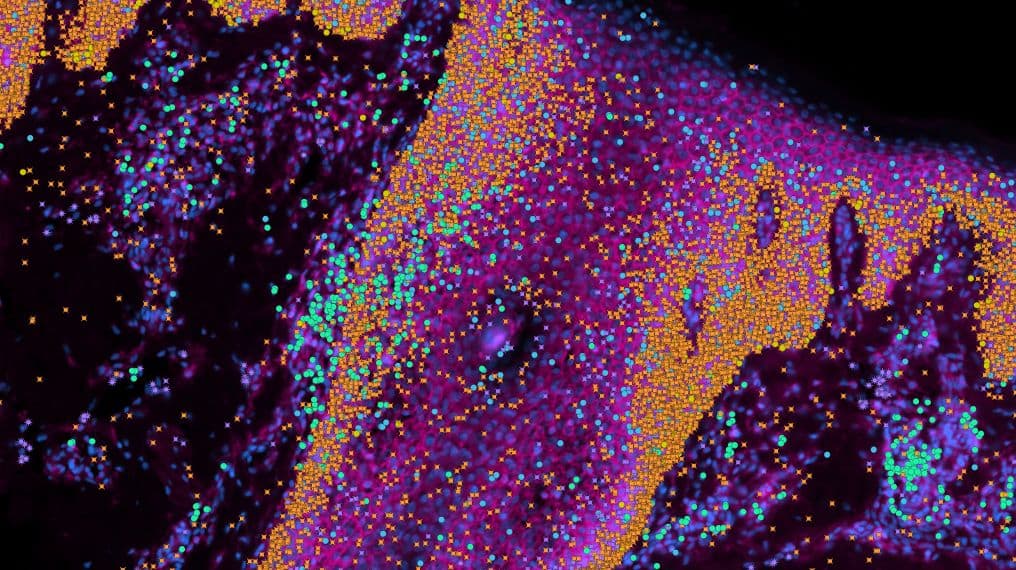
First human skin map ready, it could end scars forever
What's the story
Scientists from the Wellcome Sanger Institute and Newcastle University have created a revolutionary human skin map.
This "recipe" for skin construction could revolutionize the creation of new hair follicles and skin transplants, providing immense benefits to burn victims by getting rid of the scars.
The study sheds light on how human skin forms before birth and pinpoints potential issues that crop up in diseases.
Discovery
Skin map reveals key insights into human skin formation
The esearchers also created a mini organ of skin in a dish that could grow hair.
Using this organoid, scientists demonstrated that immune cells play a significant part in scarless skin repair.
Such findings could pave the way for methods that prevent scarring post-surgery or allow wounds to heal without scars.
Application
Skin map's potential in regenerative medicine and disease study
Dr. Elena Winheim, co-first author from the Wellcome Sanger Institute, said, "With our prenatal human skin atlas, we've provided the first molecular 'recipe' for making human skin and uncovered how human hair follicles are formed before birth."
She highlighted the clinical potential of these insights in regenerative medicine, especially for providing skin and hair transplants to burn victims or people with scarring alopecia.
Contribution
Skin map contributes to Human Cell Atlas project
The research is part of the Human Cell Atlas project, which seeks to map all cell types in the human body.
"Our prenatal human skin atlas and organoid model provide the research community with freely available tools to study congenital skin diseases and explore regenerative medicine possibilities," Professor Muzlifah Haniffa, co-lead author and interim head of cellular genetics at the Wellcome Sanger Institute, said.
The results of the study were published in the Nature journal.